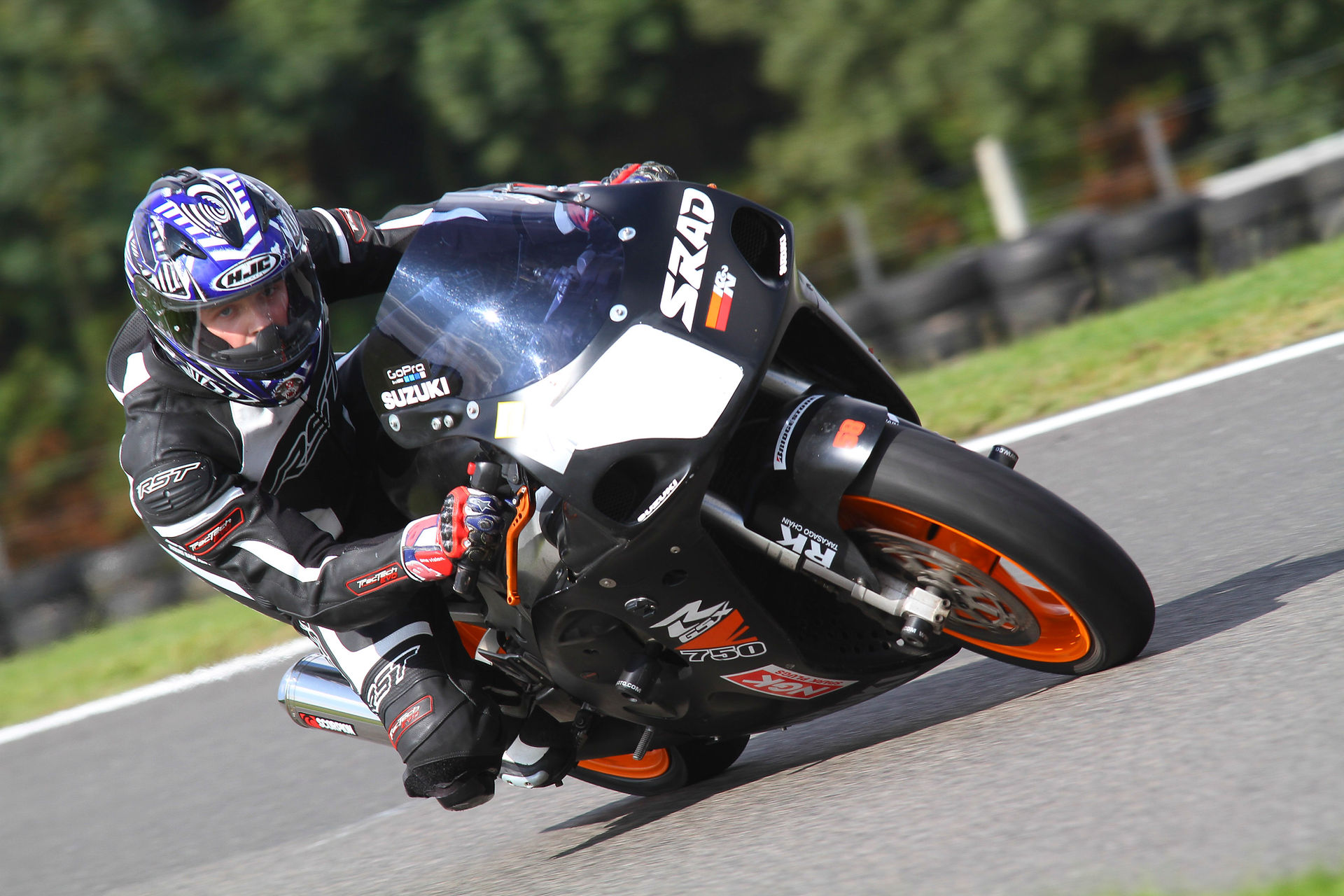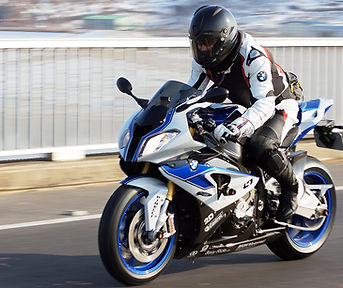
Motorcyclistsand Cyclists
When you are learning to drive and after you pass your test, you will be sharing the roads with a variety of other road users. Some will be slower than you, and some will be larger than you! A motorbike is generally faster and smaller. Cyclists are smaller still, less well protected but some can be surprisingly fast. Both can be hard to spot and can appear very quickly. They are particularly vulnerable at road junctions and anywhere in your blindspots.
As part of your lessons we will discuss, and encounter the above, so as to ensure that once you are a qualified driver you will take with you that extra bit of knowledge which will result in greater safety and road awareness for yourself and others.
Below are some key procedures and tips to remember when encountering motorcyclists and cyclists on the roads:
Further motorbike links:
*** If you are interested in learning to ride a motorbike or any aspect of motorbike sports, please contact me for further information/ recommendations.
junctions
Two-thirds of all motorcycle related accidents occur near or at a junction. The main driver fault is ineffective observation.
Follow these techniques to ensure you are safe when dealing with motorcycles at junctions:
- Anticipate any and all potential situations as you approach a junction
- Approach slowly, which can save time and let you make effective observation without stopping
- Make sure the road is safe before proceeding; motorcycles are small, so look at least twice in each direction
- The car's 'A-pillar' blind spot (between the door and windscreen) can sometimes obscure vision of motorcycles. Take extra time to observe the junction and look for small vehicles
Changing direction
- there are other blind spots in your car other than mirrors, which can hide vehicles such as motorcycles
- changing direction includes moving left and right into lanes, and using junctions and roundabouts
- before you change direction, check your mirrors and always check the blind spot area which corresponds to where you are moving to
Following distances
- motorcyclists encounter road hazards that car drivers will not encounter
- they will often change direction and speed based on road surface, for example to avoid debris, oil, potholes.
- always follow the two second rule (four seconds on wet road) and if following a motorcycle allow some extra room


